|
|
|||
|
(Back to Preceding Week; on to Next Week) |
|
THE GREEN LEAVES OF . . . SPRING
After the Carolina Piedmont's chilly, damp, brown and seldom white winter comes to an end, there's nothing quite like the arrival of spring to boost one's spirits. Local wildlife begins to stir--singing birds, chirping frogs, and aggressive dragonflies indicate nearly explosive hormone levels--and ephemeral wildflowers give their best shot at blooming and attracting pollinators. We're always pleased by the arrival of our first Ruby-throated Hummingbird, but the thing we enjoy most about spring is green-up, as terminal buds on shrubs and trees open to reveal a spectacular spectrum of greens that downright glisten against the clear blue sky. This freshness, this greenness fills the eye with splendor and raises one's spirits like no other phenomenon in nature. Despite the lyrics of the 1950s-era Brothers Four tune extolling the "Green Leaves of Summer," it is the green leaves of SPRING that call us home to Hilton Pond Center when we're traveling at this time of year. This week we take a closer look at some of this foliage, keeping in mind that the overall green appearance of our spring landscape is the result of millions of chlorophyll-laden leaves unfurling all at once as once-naked woody plants reveal their new spring outfits.
All text & photos © Hilton Pond Center In early spring, fresh leaves of many trees are tender and thin, allowing light to pass through them. As in the Black (Tupelo) Gum, Nyssa sylvatica (above), this gives the leaf a delicate green appearance and makes its veins even more noticeable. Backlighting also reveals a fine fuzz along the otherwise smooth edges of the gum's ovate leaves.
The Common Hackberry, Celtis occidentalis (above), has serrated leaves of pale yellow green. Although by autumn it is difficult to find a tree leaf that hasn't been damaged by insects or fungi, spring leaves are pristine--at least until a hungry caterpillar drops in to dine. When we took this photo, we hadn't even noticed the tiny, camouflaged green looper near this leaf cluster's main stem, but the hungry larva already had taken a sizeable bite from the base of one of the Hackberry leaves. (Can you find the caterpillar?)
Box Elder, Acer negundo (above), is a species of maple that appears to have leaves of two different shapes. Actually, it bears a compound leaf made up of three (or more) leaflets. The terminal leaflet is bilaterally symmetrical, while the right and left leaflets are asymmetrical but mirror images of each other. Box Elder's petiole is deep red, at least in young leaves.
Even though pale, fresh green is the dominant color of spring foliage, many tender new leaves show a surprising amount of red--as in the heart-shaped leaf of the Eastern Redbud, Cercis canadensis (above). The red comes from anthocyanin pigments and will be masked fairly quickly when photosynthetic green chlorophyll increases and production of anthocyanin ceases. As fall approaches and chlorophyll begins to die, various species of trees again start making anthocyanin--hence the appearance of red in some autumn leaves.
Even the White Oak, Quercus alba (above), whose rich green foliage provides summer shade, usually shows some red in its developing leaf. Again, the red comes from anthocyanin, which serves as a "sunscreen" that protects the leaf's tender tissues from the ravages of ultraviolet light. The White Oak's lobed leaves--highly variable in shape--may appear quite fuzzy in early spring, but most of this pubescence wears off as its foliage matures.
Sometimes an early spring leaf is extremely red, as in the Willow Oak, Quercus phellos (above). Although these leaves are red and almost corkscrew-shaped at this time of year, within a few weeks they will be long and narrow with unlobed edges and will have turned dark green. Note the ghostly silken webbing on two of the leaf clusters; this may have been spun by tiny spiders, but such strands are just as likely from caterpillars that use them to rapel from one luncheon leaf to the next.
The species name of American Boxwood, Buxus sempervirens (above), means "always green"--a reference to the evergreen status of its leaves. Come April, the contrast between last year's leathery, dark green boxwood foliage and the paler, more delicate new growth is especially pleasing to the eye--a reminder the "green leaves of . . . SPRING" are always worth a closer look at Hilton Pond and elsewhere.
All text & photos © Hilton Pond Center
Comments or questions about this week's installment?
Thanks to the following fine folks for recent gifts in support of Hilton Pond Center for Piedmont Natural History and/or Operation RubyThroat: The Hummingbird Project. Your tax-deductible contributions allow us to continue writing, photographing, and sharing "This Week at Hilton Pond." (Please see Support if you'd like to make a gift of your own.)
"This Week at Hilton Pond" is written & photographed You may wish to consult our Index of all nature topics covered since February 2000. You can also use our on-line Hilton Pond Search Engine at the bottom of this page. For a free, non-fattening, on-line subscription to |
|
Make direct donations on-line via
Network for Good: |
|
|
Use your PayPal account
to make direct donations: |
|
|
If you like to shop on-line, you please become a member of iGive, through which more than 700 on-line stores from Barnes & Noble to Lands' End will donate a percentage of your purchase price in support of Hilton Pond Center and Operation RubyThroat. For every new member who signs up and makes an on-line purchase iGive will donate an ADDITIONAL $5 to the Center. Please sign up by going to the iGive Web site; more than 150 members have signed up to help. It's a painless, important way for YOU to support our work in conservation, education, and research. |
|
| The highly coveted Operation RubyThroat T-shirt (four-color silk-screened) is made of top-quality 100% white cotton. It highlights the Operation RubyThroat logo on the front and the project's Web address (www.rubythroat.org) across the back.
Now you can wear this unique shirt AND help support Operation RubyThroat: The Hummingbird Project and Hilton Pond Center. Be sure to let us know your mailing address and adult shirt size: Small (suitable for children), Medium, Large, X-Large, or XX-Large. These quality shirts don't shrink! Price ($21.50) includes U.S. shipping. A major gift of $1,000 gets you two Special Edition T-shirts with "Major Donor" on the sleeve. |

Need a Special Gift for a Want to make a If so, why not use our new handy-dandy on-line Google Checkout below to place your secure credit card order or become a Major Donor today? |
|
|
|
|
SPECIES BANDED THIS WEEK: * = New species for 2008 WEEKLY BANDING TOTAL 4 species 21 individuals YEARLY BANDING TOTAL (2008) 16 species 502 individuals 27-YEAR BANDING GRAND TOTAL (since 28 June 1982) 124 species 50,669 individuals NOTABLE RECAPTURES THIS WEEK (with original banding date, sex, and current age) Northern Cardinal (1)
|
OTHER NATURE NOTES OF INTEREST
|
|
|
|
(Back to Preceding Week; on to Next Week) Up to Top of Page Back to This Week at Hilton Pond Center Current Weather Conditions at Hilton Pond Center |
 You can also post questions for The Piedmont Naturalist |
Join the |
Search Engine for |
|
|
Dell Notebook Computer

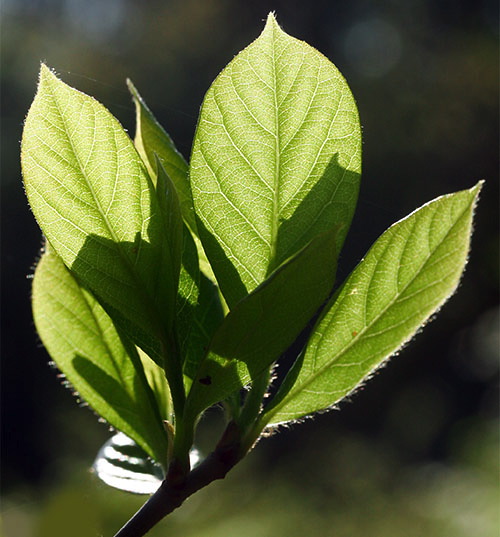
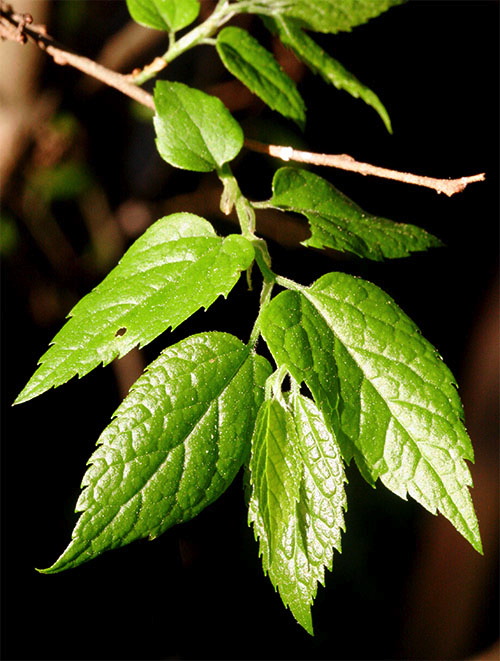
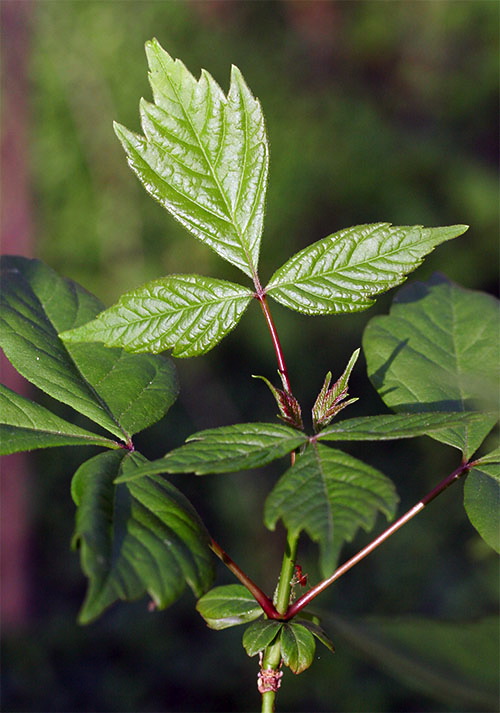
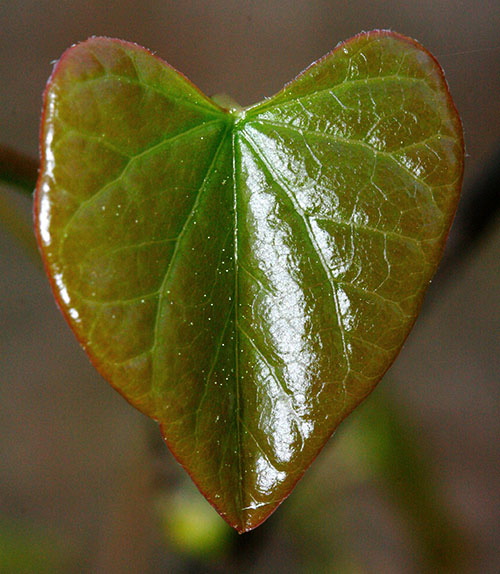
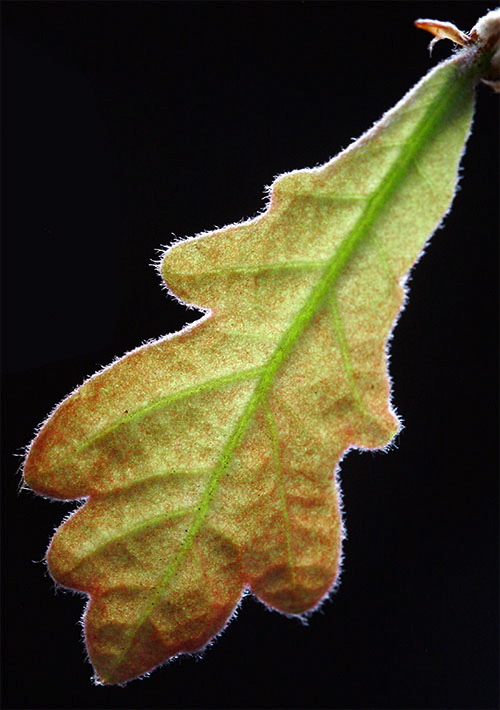
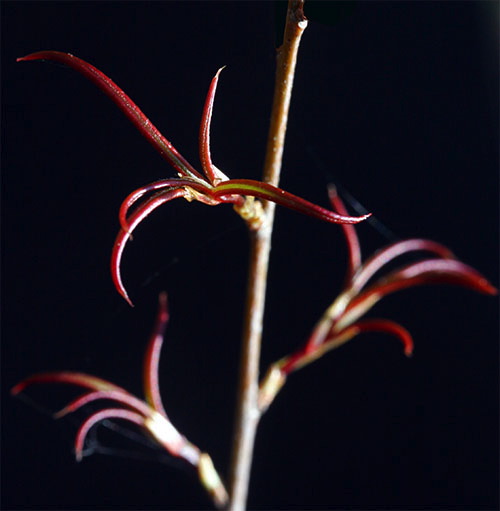
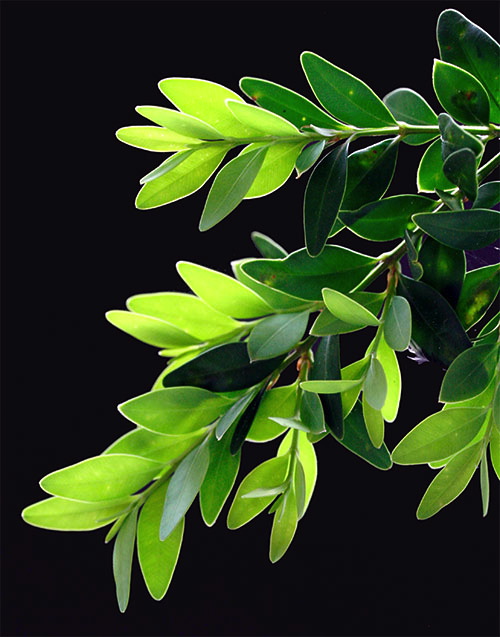


 Please report your
Please report your